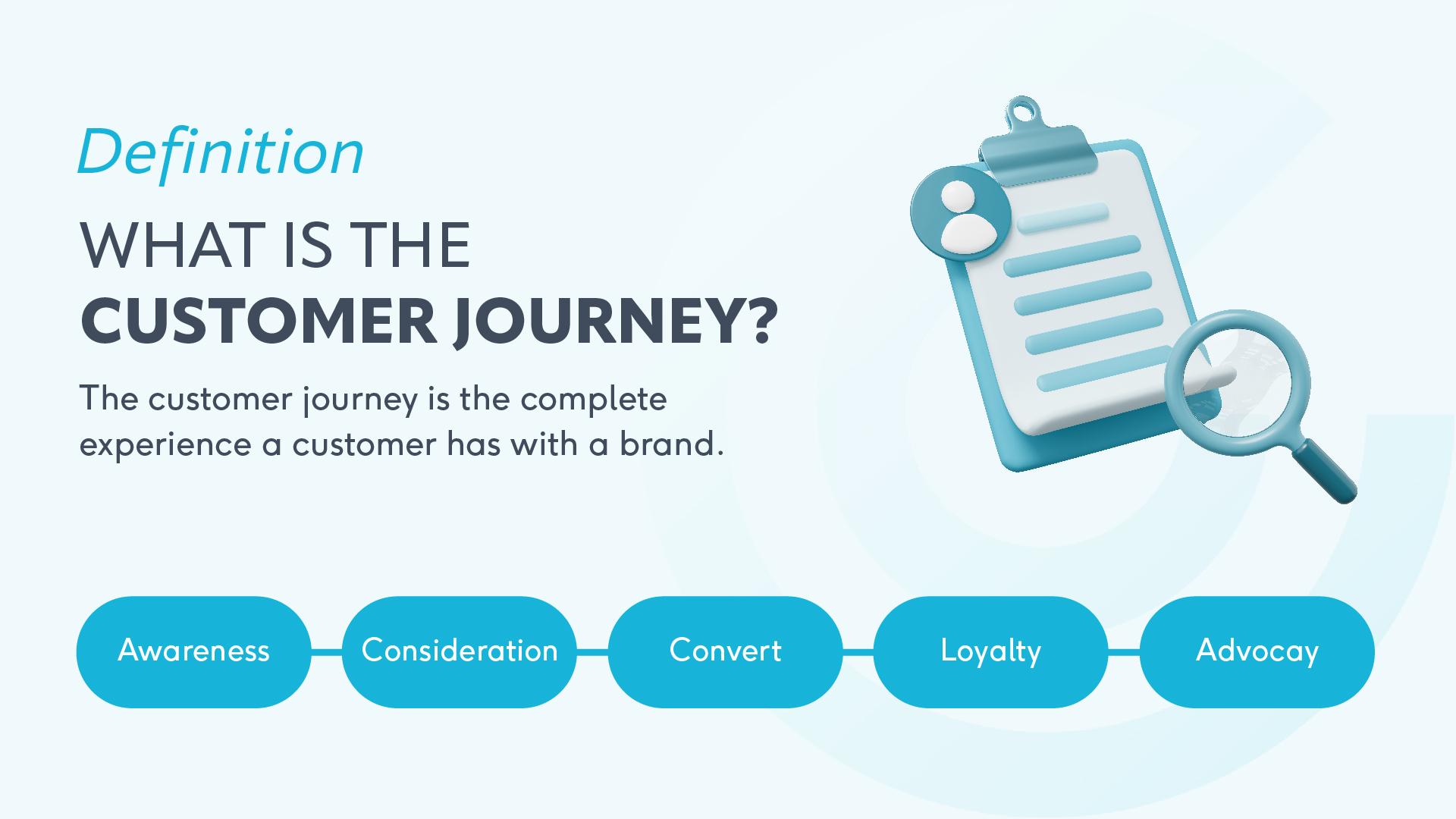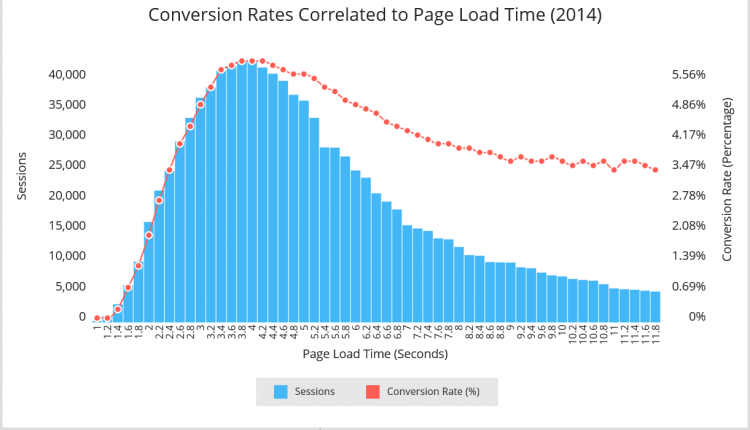
Advertisement
Pain points are as diverse and as unique as your customers. However, you could conduct research into commonalities within your prospects, which could prove the difference between a good experience of a company and an excellent one.
Delivering seamless digital user experiences across the touchpoints of the customer journey is tough. Below are a few common pain points and the steps you can take to resolve them.

54% of U.S. consumers say customer experience at most companies needs improvement.
Also known as ‘process pain points’, an experience disconnect could refer to operational inefficiencies along the customer journey that not only affect customers but also your support team.
Customer experience goes beyond the reactivity of customer service, but customer service feeds into a great experience for your customers.
I’m a firm believer that, although customers generate revenue, the employees drive the experience. By empowering employees to improve customer satisfaction, you can reduce friction for customers – this could mean some leeway when things go wrong.
Resolution
Engage with your customers to determine further pain points within this experience disconnect, be it through reviews, surveys or focus groups. By asking targeted questions and listening intently to customer responses, you can better understand and solve their problems.
By implementing a live chat system on your site you can get results in real-time and address pain points quickly.
In a study conducted by the NN Group, customer-service ‘chat bots’ were perceived to be less helpful than a human counterpart. Although an important consideration (and advantage) was the speed of the service, many of those within the study felt that talking to a human would be worth the wait as it showed a certain level of care from the company.
With one of the participants stating:
If you have a human [for customer service], it means that you care enough; if you have a bot, you should have a really good one.
You could introduce new ways of working, with more focus on the employee experience and a sophisticated view of the human-and-machine relationship in customer experiences.
Your user has converted into a customer. Great! But as the image in the introduction suggests, the journey doesn’t stop there. The list below shows some of the examples within this particular pain point.
Resolution
Develop or invest in a tracking system that you and your customers can trust. By enabling your customers to use a system that they can see working you deter any feelings of unease. With a great tracking system, you can also see where longer journey times happen and address the cause of the issue by adjusting delivery times that provide a clearer and more reliable service to your customers.
We believe that expectations should be set on the product page as well as within a separate FAQ page. We’ve previously written an article on optimising product pages, where this would be an important consideration during the optimisation process.

The graph above shows the correlation between slow loading times and conversion rates. You can see that the quicker loading times (x-axis) show a higher conversion rate (red line).
According to research, some modern smartphone and tablet users expect applications to load in under two seconds. A study by Eggplant found 75% of users who experienced a slow website load time, would stop shopping at that site and move onto a competitor.
The end-user experience is undoubtedly important, and has many subjective elements similar to a user that’s new to the site, such as:
User experience evolves with the individual interactions of the site that they are on dependent on what they are on the site for.
Resolution
There are many SEO considerations to take into account, but to measure user experience, you can look to metrics within Core Web Vitals. These provide an idea of how well a webpage performs and help identify areas needing improvement:
With a more recent addition to the Core Web Vitals being Interaction to Next Paint (INP), this metric represents how long it takes to interact with the entire page, what Google calls the “overall interaction latency”.
Google explains it like:
INP is a metric that aims to represent a page’s overall interaction latency by selecting one of the single longest interactions that occur when a user visits a page.
You could also use real-user monitoring (RUM) or end-user experience monitoring (EUM) tools, to capture and analyse each transaction executed by every actual user of a website or application. These tools can track website and app availability, functionality and responsiveness, and go into a lot of detail about how users are accessing and interacting with the site or application. The users of such tools are able to manipulate their dashboards to investigate where the traffic bottlenecks, or where there are delays and why these delayed pages may take longer to render than others.
As ever, thinking of the user first will create an experience they won’t forget… for a good reason. Starting with the points above will help you on your way to encourage a great UX within different stages of the customer journey.
Every product or service is designed to address specific customer pain points or challenges, make sure your product is discoverable through a great UX from beginning to end. There are many different ways to identify and treat customer pain points. The best way to do it is to hear what they have to say.